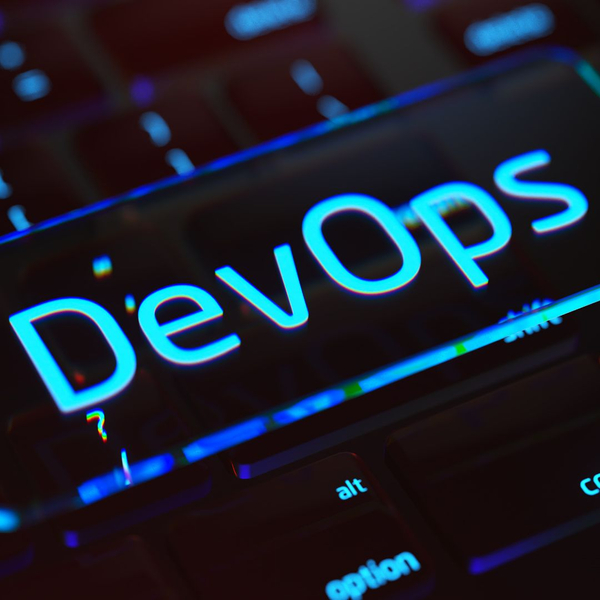On March 22, 2023, Microsoft announced the release of a new version GitHub Copilot, its AI-assisted coding tool. Based on OpenAI’s GPT-4 multimodal large language model, the new solution adds chatbot functionality similar to Microsoft 365 Copilot. The chatbot sits inside integrated development environments (IDEs), allowing programmers to enter natural language requests.
The original GitHub Copilot solution integrates with popular code editors and offers code suggestions in real-time. The new version is more like a programming assistant, with the ability to rewrite code, look for security vulnerabilities and fix bugs. It can even analyze legacy software with limited documentation and explain how it functions, enabling programmers to spend less time reading and more time doing productive work.
Like Microsoft 365 Copilot, GitHub Copilot also creates significant security risks. Development teams must ensure that their environments and data are set up properly to prevent the introduction of vulnerabilities and the exposure of intellectual property.



